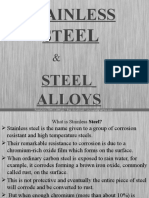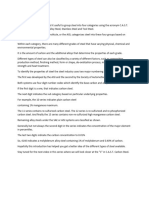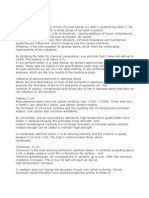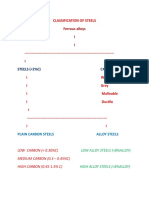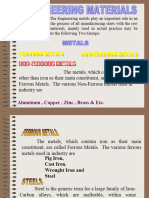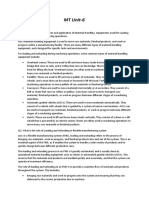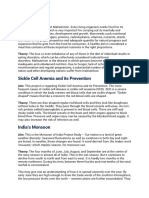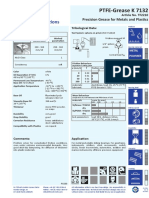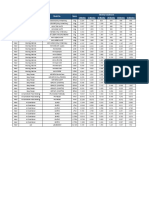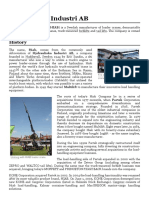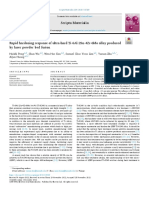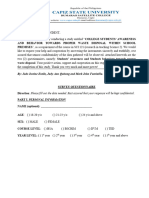0% found this document useful (0 votes)
182 views14 pagesUnit 4 Answers Final
The document discusses various types of steels and cast iron. It provides information on the Fe-Fe3C equilibrium diagram including phases present at different temperatures and invariant reactions. It also defines carbon steel and discusses its properties and classifications. Alloy steels are defined as containing additional alloying elements like chromium and nickel, which can improve properties such as strength and corrosion resistance. Tool steels and stainless steels are also summarized, outlining common types and their applications.
Uploaded by
Aditya BishtCopyright
© © All Rights Reserved
We take content rights seriously. If you suspect this is your content, claim it here.
Available Formats
Download as PDF, TXT or read online on Scribd
0% found this document useful (0 votes)
182 views14 pagesUnit 4 Answers Final
The document discusses various types of steels and cast iron. It provides information on the Fe-Fe3C equilibrium diagram including phases present at different temperatures and invariant reactions. It also defines carbon steel and discusses its properties and classifications. Alloy steels are defined as containing additional alloying elements like chromium and nickel, which can improve properties such as strength and corrosion resistance. Tool steels and stainless steels are also summarized, outlining common types and their applications.
Uploaded by
Aditya BishtCopyright
© © All Rights Reserved
We take content rights seriously. If you suspect this is your content, claim it here.
Available Formats
Download as PDF, TXT or read online on Scribd
/ 14





















